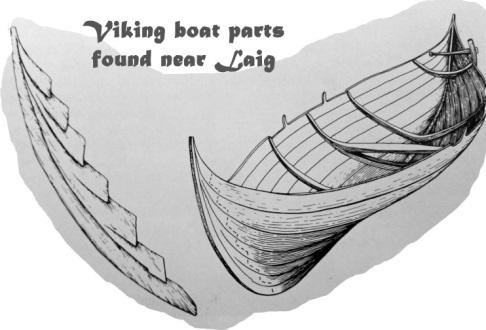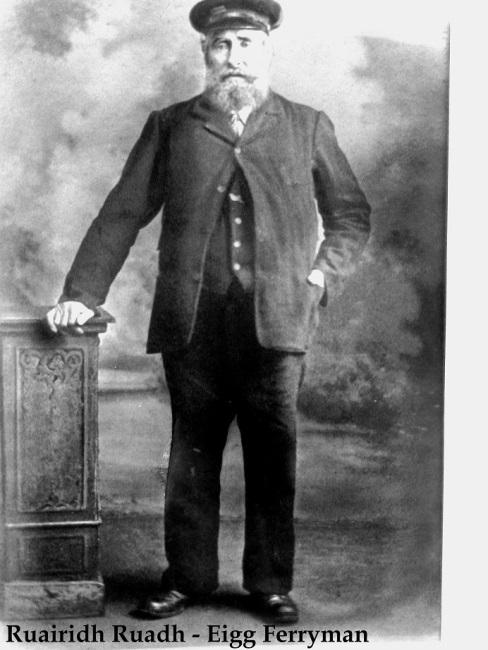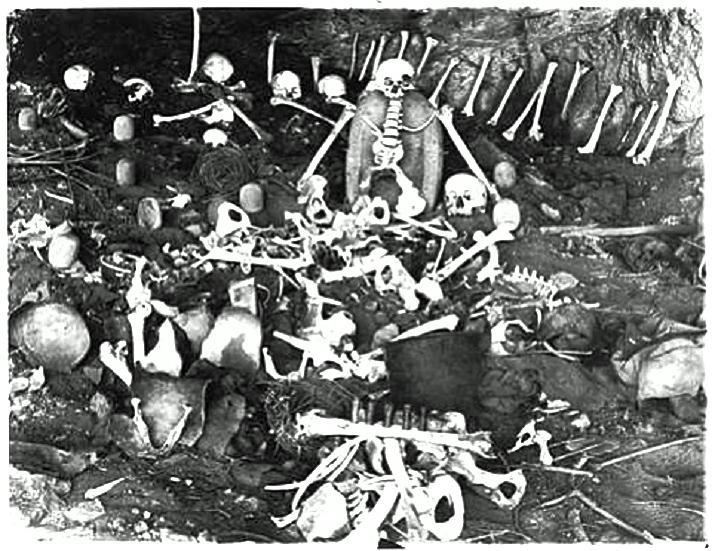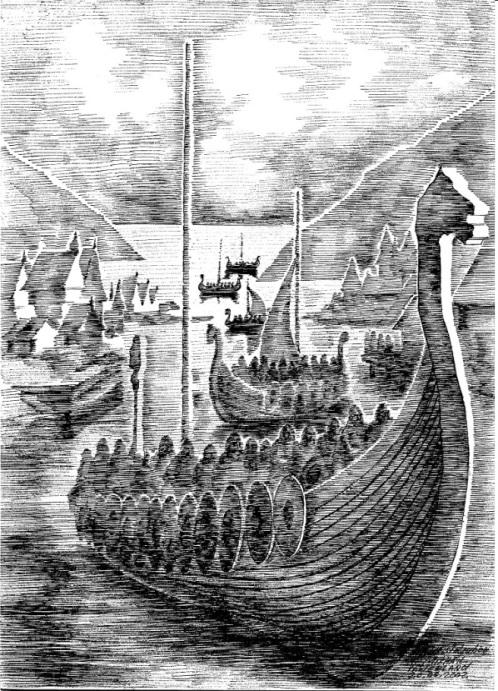MacGillivray Family Tree
My cousin Iain MacGillivray gave me access to the family history of the MacGillivrays (see family tree). He claims that not only are we related to the ‘heroic’ MacGillivrays of Culloden but also to David Livingston of ‘Africa fame’! But I don’t intend to research this at present (2024), as I’m sure this is not done in a trice. So the conclusion is I ‘believe’ family myths and claims until proven otherwise. But as mentioned, corroborating or rejecting various hypotheses is a time consuming process. But nevertheless, it is of value in contributing colour to family history and other historical events!
To be honest, 99% of history is just ‘made up’ to suit the ideas of a generation. Family histories are perhaps less guilty of this misdemeanour, but they also have a tendency to glorify the past. Histories like statues are constantly being constructed only to be torn down by a later generation. Of late, we have been witness to the tearing down of the statues of defenders of slavery, colonizers, and imperial invaders glorified in the past. A good example is Robert E Lee, the commander of the Confederate States Army.
Post-833 History

From 833 onwards, Viking settlers established the Kingdom of the Isles throughout the Hebrides. A silver/bronze sword handle from the beginning of this period was found buried near Kildonnan. The intricacy of the design on this sword hilt suggests that these incomers were a rich, aggressive, and sophisticated people. This can be contrasted to the ‘primitive’ people they must have encountered in the islands.
The archaeological finds regarding Viking longships suggest that the Scandinavian Vikings were by far more technologically advanced than the island natives. The inhabitants of the Western Isles must have been totally overawed when they saw the Viking ships land on their shores; not the least, they saw the weapons of death they carried with them. Ironically, in terms of culture and religion, the Norsemen seemed to be lagging behind. Thus, on the technological level, they were more advanced. However, they lagged behind in terms of ‘culture’ in the sense of religious ideas.
Of course, this is of great interest in relation to the present day; according to Marxist and modernistic thinking, economy and technology precedes culture; that is, the base of any society is its economy, its culture only represents the superstructure. This seems to be an absurd hypothesis if one considers the events of history in a broad perspective. The Roman Empire may have been militarily and economically far superior to all contenders, but in terms of religious philosophy, it lagged behind.
The point I am trying to make is that the Norse newcomers were superior in terms of boat-building and military technology. But perhaps inferior with regard to the world of ideas like philosophy and religion. In this context, the Viking attack on the church of St Cuthbert in Lindisfarne in 793 is often referred to. The Vikings may have ‘won the day’ in murdering monks and stealing gold trinkets, but they ‘lost’ in the long run.
That is, Marx and the modernists seem to make erroneous assumptions that economy always precedes culture; the double irony here is that the words of Marx have proved to be more powerful than a stockpile of atomic weapons. (The pen is mightier than the sword). That is, ideas are more powerful than economics and technology.
In other words, Marx contradicts himself. But this also seems to be a so-called egg-and-chicken argument – what came first? In summary, it can be concluded that the Norse Vikings made a great impact on the Western Isles in terms of immigration, but not in terms of religion; although, they did make a considerable impact linguistically, as is witnessed by the Norse name of the island, ‘Eigg’; many of the place names in Scotland, Ireland, and parts of North England are of Old Norse origin, such as ‘Orkney’.
The Viking Landings on Eigg

Regarding the Vikings landings on Eigg, I should mention that the Wetlands near Laig appear to have been used for storing partly finished Viking boat parts. That was common in Viking Scandinavia (moist timber is easier to modify). A few oak posts, 6 feet in length, for the stern of a longship were found.
Returning to the topic I mentioned before of ‘high technology;’ anyone viewing a Scandinavian longship will be immediately impressed by its Viking Age ‘state-of-the-art’ creation. In the same way, people are impressed by the Firth of Forth Bridge in the East of Scotland in the Edinburgh region, as being symbolic of the British Industrial Age.
Another irony here is that no one talks about the Viking ‘Industrial Age’. It is evident that the technological breakthroughs in boat-building and weaponry enabled the Vikings to establish a European ‘empire’ for a period of more than 200 years. (The Viking Empire also extended beyond Europe). The exquisitely carved hilt of a Viking sword found near Kildonnan also witnesses a high-technological development concerning weaponry.
I don’t intend to delve into the complex Middle Ages history regarding the various clans that held sway over the islands; such as the Clanranalds, MacDonalds and MacRorys; the reader can find numerous sources that will describe this much better than I am able to.
The Battle of Culloden, 1746
The pivot of Scottish history is often focused on Culloden and the defeat of the Highland Scots by the ‘hated’ English and the lowland Scots. In this context, the ClanRanald played an important role. Not least, my grandmother, Morag Campbell, Roderick Campbell’s daughter, married Hector MacGillivray from Acharacle. The MacGillivrays played a prominent role at Culloden. But names don’t mean much in Scotland. I have researched Campbells and MacKinnons on the small isle of Eigg only to discover that people with the same username are not always related.
To confuse matters, they might be related anyway, but as so-called second or third cousins. In other words, belonging to a clan often concerned social ties more than blood ties. However, I am somewhat out of my depth here. But common sense tells you that people with clan names are not always blood related.
In other words, the ordinary clansmen rarely had any blood tie of kinship with the clan chiefs. They sometimes took the chief’s surname as their own when surnames came into common use in the sixteenth and seventeenth centuries. Thus, by the 18th century the myth had arisen that the whole clan was descended from one ancestor. Perhaps they relied on Scottish Gaelic clann originally having a primary sense of ‘children’ or ‘offspring’.”


